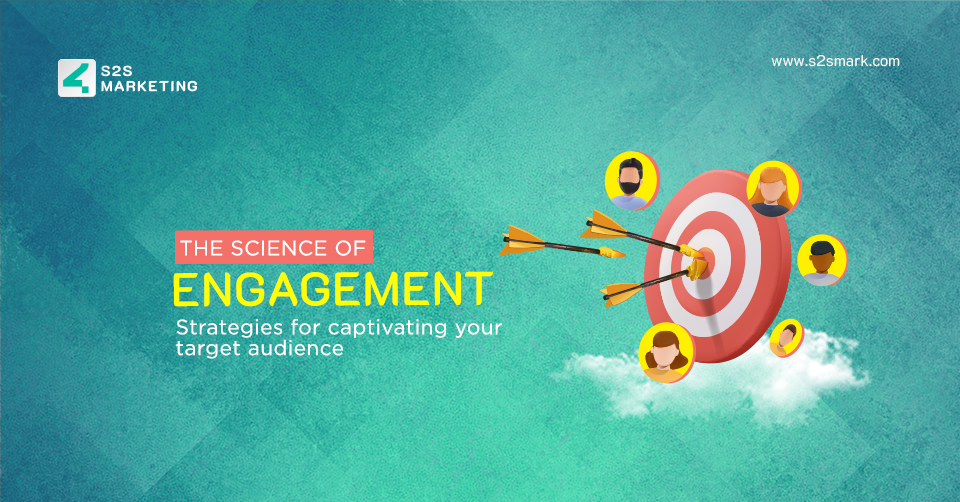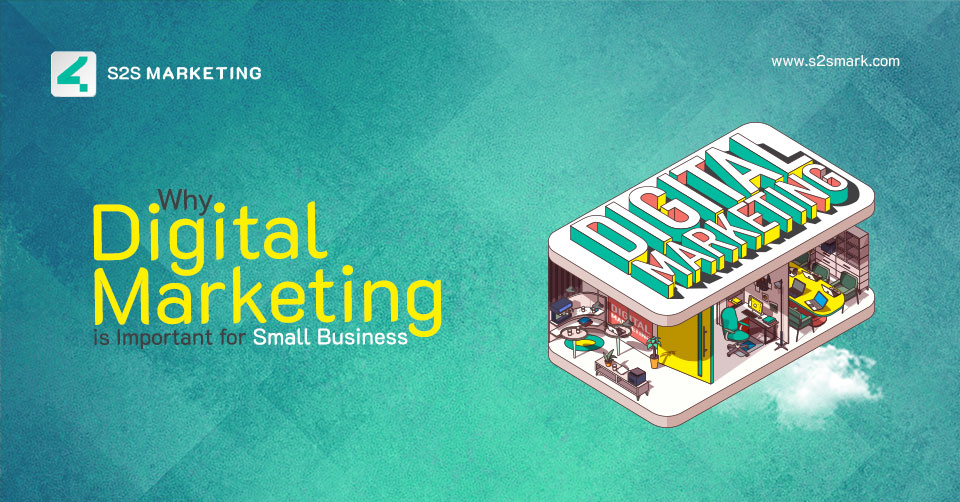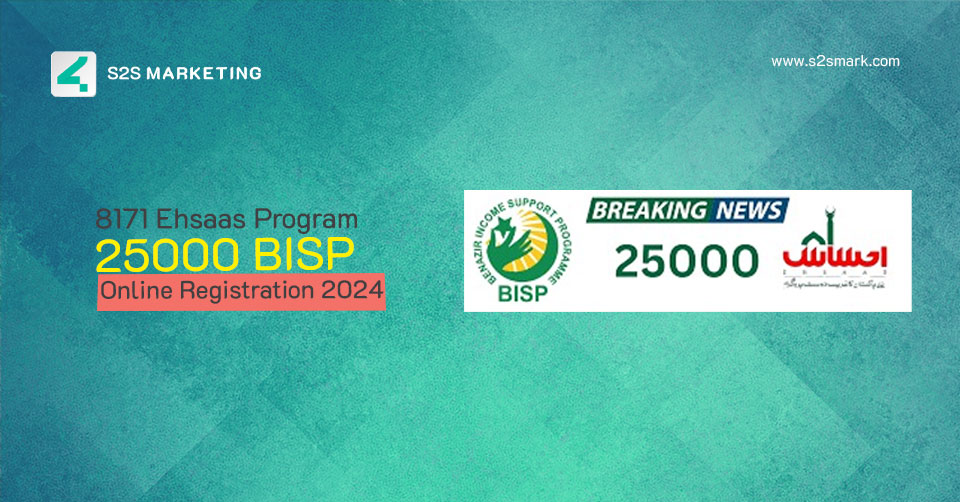Introduction
In today’s fast-paced digital age, businesses face immense pressure to engage their target audience effectively. Customer engagement is one of the most crucial elements of any marketing strategy – Without engagement, there can be no progress. However, creating a meaningful and long-lasting relationship with your customers is easier said than done. In this blog, we’ll discuss the importance of customer engagement, the different types of engagement, and provide actionable tips to help you boost customer engagement and drive business growth. Let’s dive in!
What is engagement and why is it important in marketing?
Engagement can be defined as the act of connecting with your customers and building a relationship that creates a sense of loyalty and trust in your brand. It’s about making your customers feel valued and heard, and providing them with a positive experience that will encourage them to come back for more.
Effective engagement is essential in marketing because it can lead to a wide range of benefits, including increased brand awareness, customer loyalty, and revenue growth. By engaging with your customers, you can understand their needs, preferences, and pain points, and tailor your marketing strategy to meet their expectations.
In addition, engagement is crucial because it can help you stand out in a crowded marketplace. With so many businesses vying for the attention of your target audience, it’s essential to create a unique and memorable experience that sets you apart from the competition.
Overall, customer engagement is critical to the success of any marketing strategy. By building strong relationships with your customers and providing a positive experience at every touchpoint, you can create a loyal fan base that will serve as your most valuable marketing asset.
The benefits of engagement for your brand
The benefits of engagement for your brand are many, and it’s worth investing time and resources to ensure that your engagement efforts are effective. Here are some specific benefits of customer engagement in marketing:
Increased brand awareness: When you engage with your customers, you create opportunities for them to share their positive experiences with others. This can lead to word-of-mouth marketing and increased brand awareness.
Customer loyalty: Engaging with your customers helps them to develop a sense of loyalty and trust in your brand. When they feel valued and heard, they are more likely to remain loyal customers and recommend your products or services to others.
Improved customer experience: By engaging with your customers at every touchpoint, you can ensure that they have a positive experience with your brand. This can lead to increased satisfaction and repeat business.
Better understanding of customer needs: Engaging with your customers can help you to understand their needs, preferences, and pain points. This can help you to tailor your marketing strategy to better meet their expectations and improve your overall business offerings.
Increased revenue growth: Effective engagement can lead to increased sales and revenue growth. When customers feel connected to your brand, they are more likely to make repeat purchases and become advocates for your products or services.
Overall, engagement is a critical component of any successful marketing strategy. By investing in customer engagement, you can create a strong foundation for building relationships with your customers and driving long-term business success.
How to increase engagement with your audience
As a marketer, increasing engagement with your audience is essential in building strong, lasting relationships that can lead to increased sales, brand loyalty, and customer advocacy. Here are four strategies for increasing engagement with your audience:
Use social media effectively: Social media is one of the most powerful tools for engaging with your audience. Use it to share valuable content and interact with your audience through comments, shares, likes, and DMs. Engage in conversations, respond to customer inquiries, and be timely in your responses. Additionally, use social media analytics to gain insights into your audience’s behavior and preferences.
Host interactive events: Hosting interactive events such as webinars, live Q&A sessions, or Twitter chats can help you engage with your audience on a more personal level. Not only do these events allow you to answer questions and respond directly to your audience, but they also create a sense of community and belonging.
Personalize your messaging: Personalization can go a long way in increasing engagement with your audience. Use customer data and segmentation to tailor your messaging and content to the specific needs and preferences of your audience. This can help you speak to them on a more personal level and increase the likelihood of them engaging with your brand.
Use gamification: Gamification is a technique that can help increase engagement with your audience by adding an element of fun and challenge. Consider using interactive quizzes, contests or reward programs to incentivize engagement and interaction with your brand.
Overall, increasing engagement with your audience requires a strategic approach that involves consistent effort and attention. By using these strategies, you can build stronger, more meaningful relationships with your audience that can lead to increased brand loyalty, advocacy, and ultimately, business success.
Content that engages your audience
Creating content that engages your audience can be challenging, but it is crucial for building strong relationships and driving business success. Here are five types of content that can effectively engage your audience:
Educational content: Providing valuable educational content that helps your audience solve a particular problem or learn a new skill can be highly engaging. This type of content can include blog posts, tutorials, webinars, and courses.
Interactive content: Interactive content, such as quizzes, polls, surveys, and calculators, can be highly engaging because it encourages participation from your audience. This type of content can also provide valuable insights into your audience’s preferences and interests.
User-generated content: User-generated content is content created by your audience, such as reviews, testimonials, and user-generated videos or images. Encouraging your audience to create and share this type of content can increase engagement and foster a sense of community around your brand.
Personalized content: Personalized content that is tailored to an individual’s specific interests and needs can be highly engaging. This can include personalized emails, product recommendations, and content based on previous interactions with your brand.
Visual content: Visual content, such as images, videos, and infographics, can be highly engaging because it is easier for your audience to consume and remember. Additionally, visually appealing content can help to increase brand recognition and recall.
Overall, creating engaging content requires a deep understanding of your audience’s preferences and interests. By providing valuable, interactive, and personalized content, you can effectively engage your audience and build lasting relationships with them.
Building a community around your brand
Building a community around your brand is a powerful way to increase engagement with your audience and drive business success. Here are some tips to help you create a strong brand community:
Define your brand’s values: To build a meaningful community, you need to clearly define your brand’s values and communicate them to your audience. This will help attract like-minded individuals who share your values and beliefs.
Foster interaction: Engage with your audience on social media, respond to comments on your blog, and encourage dialogue within your community. This will help strengthen relationships with your audience and create a sense of belonging.
Use user-generated content: Encourage your audience to create and share user-generated content, such as reviews, photos or videos of your products, or testimonials. This type of content is highly trusted by other consumers and can help to build credibility and loyalty for your brand.
Create exclusive content: Offer exclusive content, such as behind-the-scenes looks at your business, sneak peeks of new products or services, or special discounts or promotions, to your community members. This will make them feel valued and appreciated.
Host events: Organize events, such as meetups, webinars, or workshops, that align with your brand’s values and interests. This will give your community members the opportunity to connect with each other and with your brand.
Building a strong community around your brand takes time and effort, but the rewards can be significant. By fostering interaction, using user-generated content, and offering exclusive content and events, you can effectively engage your audience and build a loyal following for your brand.
Measuring engagement and its impact on your business
Measuring Engagement and Its Impact on Your Business
When it comes to building a community around your brand, measuring engagement is crucial. Engagement is the level of involvement and interaction between your audience and your brand. Monitoring engagement allows you to understand which content resonates with your audience and how to build a successful engagement strategy.
Here are some ways to measure engagement:
Analyzing Social Media Metrics – Monitor the number of likes, shares, comments, subscribers and followers on your social media accounts. Also, track the reach and engagement rate of each post.
Email Campaign Metrics – Measure the open rate, click-through rate, and conversion rate of your email campaigns. This allows you to understand how your audience interacts with your email content.
Website Analytics – Analyze the number of visits, unique visitors, bounce rate, time spent on particular pages, and conversion rates on your website.
Conducting Surveys – Conduct surveys to understand your audience’s feedback and preferences. This will help you tailor your content to their needs.
Once you have measured engagement, it is essential to understand how it impacts your business. A highly engaged audience is more likely to:
– Become loyal customers
– Share positive reviews and testimonials
– Refer more people to your brand
– Provide feedback that can help improve your products or services
– Act as brand advocates, leading to increased brand awareness and recognition
Therefore, investing time and resources in building a community around your brand and measuring engagement can lead to significant business growth. It helps you to understand your audience and tailor your content, leading to higher engagement rates and, ultimately, a successful and fruitful business.





